I've finished the entire "modern" list of birthstones. But there are so many more left! There's the earlier Kansas City list, the British Goldsmiths' list, and the original Tiffany & Co. list to go through, not to mention astrological associations. First, though, we'll finish up both of the Kansas City lists.
Who in this world of ours their eyes
In March first open shall be wise,
In days of peril firm and brave,
And wear a bloodstone to their grave.
The old name of heliotrope refers to Greco-Roman ideas about the relationship between stones and the sun ("helio" being sun and "trope" being to turn). It's unclear when people started referring to the stone as "blood jasper" and then "bloodstone," but it probably began in the Middle Ages in Europe. As the story goes, the blood from Christ's crucifixion stained green stones that were at his feet, creating the first bloodstone.
Unsurprisingly, bloodstone was also associated with martyrs as well, sometimes called "martyr's stone." It was a popular choice for gemstone engravings depicting martyrdom or the crucifixion. It was also a popular stone to use for signet rings and seals.
 |
| "Christ at the Column," 17th Century Italian |
Bloodstone is a silicate, like so many other stones, so it is primarily built out of SiO4. The base green color comes from inclusions of chlorite and amphibole within the silicate; both of those minerals are green due to a variety of elements: lithium, magnesium, or iron in conjunction with aluminum and hydrogen. The orange-red flecks of "blood" are due to iron oxides (such as hematite).
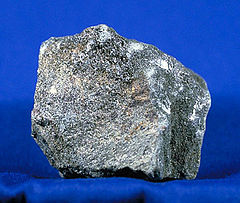 |
| Chlorite |
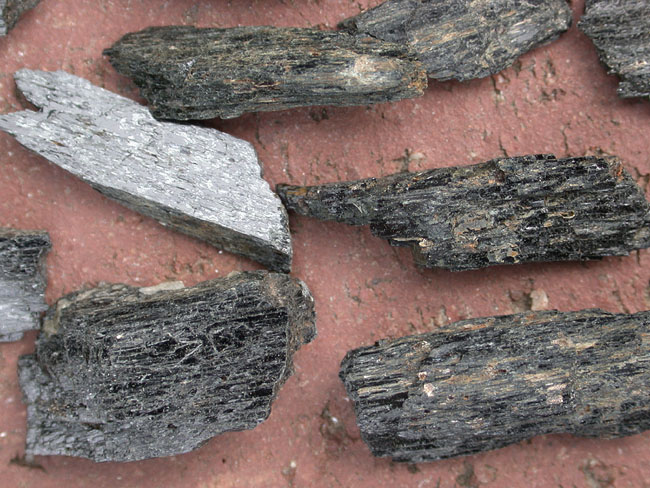 |
| Amphibole |
Bloodstone is lovely but not prohibitively expensive. There are large sources in India, Australia, South Africa, and the US (to name a few), so there isn't much of a market for synthetic or fake bloodstone. However, bloodstone can often resemble jaspers, particularly fancy and ocean jaspers, so there can be improperly identified stones here and there.
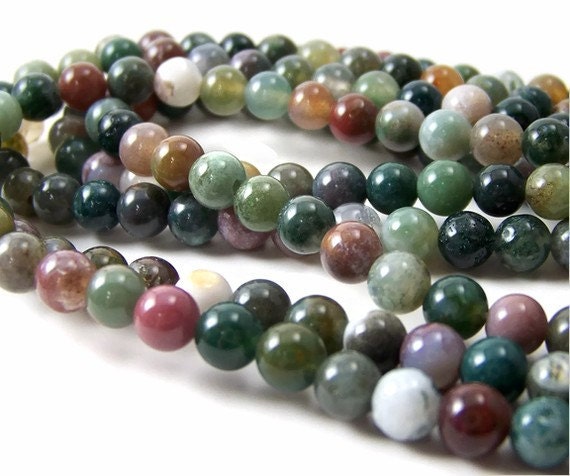 |
| Fancy jasper |
 |
| Ocean jasper |
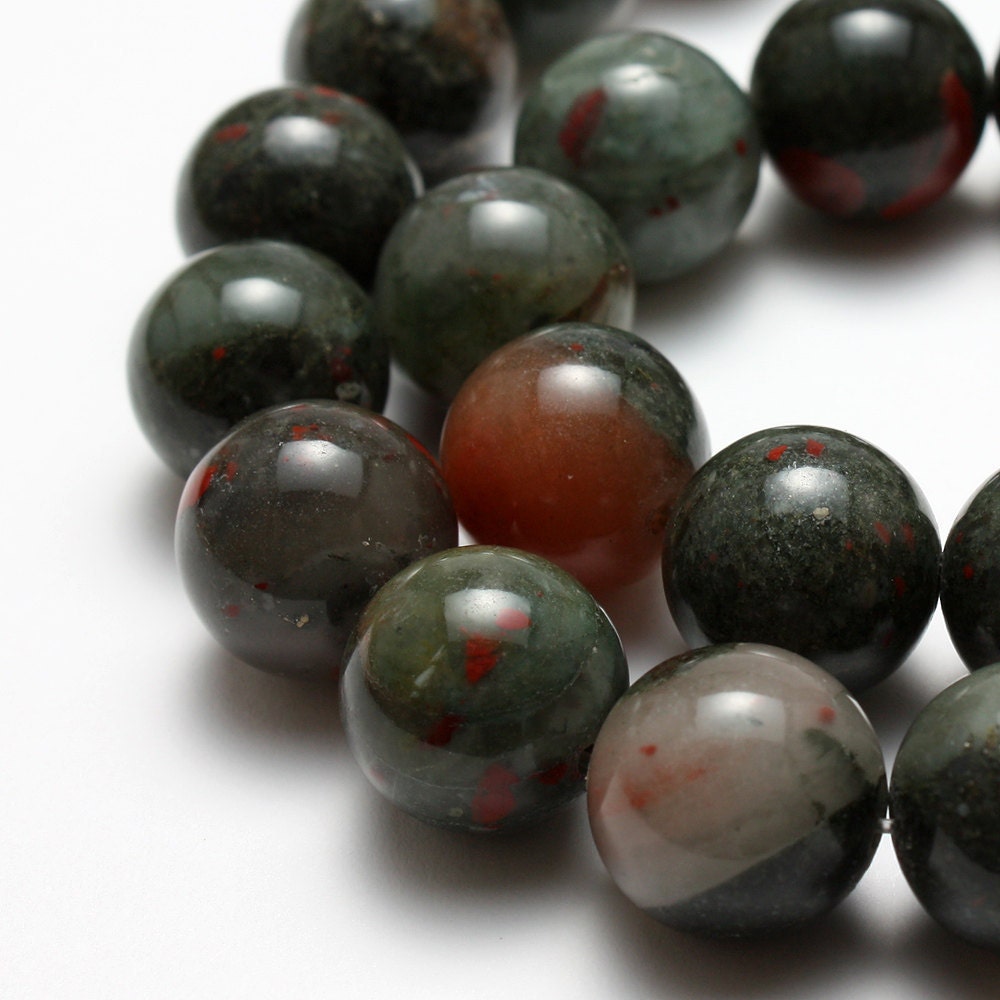 |
| Bloodstone |
The difference between them is, arguably, quite fine (on the ontological, philosophical level). The biggest difference is in their formation: jaspers are a sedimentary aggregate of a whole bunch of different things, while chalcedony (which is the mineral group bloodstone belongs to) is primarily a silicate. You can see the difference under a microscope: a jasper is microcrystaline while chalcedony is cryptocrystaline (this means that jasper has a slightly larger crystal structure and doesn't require as much magnification). Bloodstone should always streak a reddish brown in a mineral streak test, whereas a jasper might be brown, or it might be other colors.
Ideally, a bloodstone should be consistently green except for "splatters" here and there of red-orange, though sometimes there are streaks instead. If you are seeing bits of mauve, blue, or purple mixed in, it's likely a form of jasper instead of bloodstone. If it's green but the splatters are more yellow than red, that's known as "plasma." Bloodstone is very rarely color-enhanced, though like other stones it often has a finish that can be damaged by harsh detergents; like other stones, it should be cleaned with warm water.

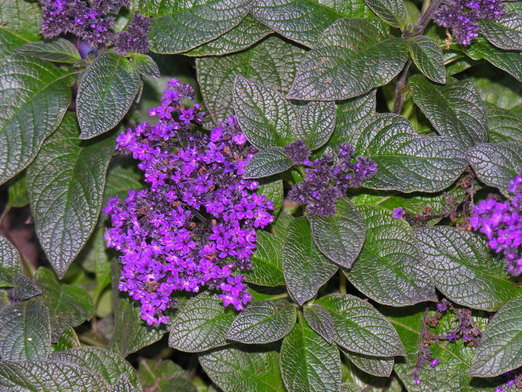
.JPG/1280px-Quarz_-_Heliotrop_(Blutjaspis).JPG)
No comments:
Post a Comment